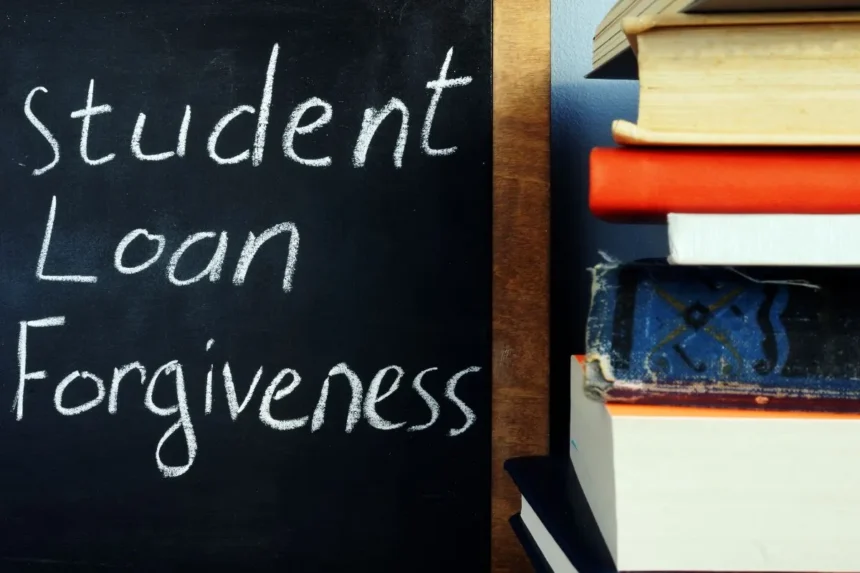Introduction
In recent years, student loan forgiveness has become a hot topic, resonating with millions of borrowers burdened by educational debt. As the cost of higher education continues to rise, the impact of student loans on individuals and the economy grows more pronounced. This article explores the significance of student loan forgiveness, its implications for borrowers, and the broader economic landscape.
Understanding Student Loan Forgiveness
Student loan forgiveness refers to the cancellation of all or part of a borrower’s student loan debt. This relief can come from various programs designed to assist borrowers based on specific criteria, such as public service employment or income-driven repayment plans. The importance of student loan forgiveness lies in its potential to alleviate financial stress, encourage career choices in underserved sectors, and foster a more educated workforce.
The Burden of Student Loan Debt
As of 2024, the total student loan debt in the United States exceeds $1.7 trillion, affecting over 44 million borrowers. This staggering figure highlights the urgent need for relief. Many graduates find themselves trapped in a cycle of debt, making it difficult to achieve milestones such as homeownership, saving for retirement, or starting a family. The psychological burden of student debt can also lead to anxiety and depression, further emphasizing the importance of student loan forgiveness.
The Economic Impact
Student loan forgiveness not only benefits individual borrowers but also has the potential to stimulate the economy. When graduates are relieved of their debt burdens, they have more disposable income to spend on goods and services. This increased spending can drive economic growth, creating jobs and enhancing community development. Moreover, forgiving student loans can encourage young professionals to pursue careers in public service or education, sectors that often struggle to attract talent due to lower salaries.
The Role of Government Programs
Several federal programs aim to provide student loan forgiveness, including:
- Public Service Loan Forgiveness (PSLF): This program forgives the remaining balance on Direct Loans for borrowers who work full-time in qualifying public service jobs after making 120 qualifying payments.
- Teacher Loan Forgiveness: This program offers forgiveness of up to $17,500 for teachers who work in low-income schools for five consecutive years.
- Income-Driven Repayment (IDR) Plans: Under these plans, borrowers can have their remaining loan balance forgiven after 20 or 25 years of qualifying payments, depending on the specific plan.
These programs are critical in addressing the financial burdens faced by many borrowers, making student loan forgiveness an essential policy discussion.
Challenges and Criticisms
While student loan forgiveness presents numerous benefits, it also faces challenges and criticisms. Opponents argue that forgiveness could create a moral hazard, potentially encouraging future students to take on excessive debt with the expectation of future relief. Additionally, questions arise regarding the fairness of forgiveness programs, as some borrowers may not qualify based on their career choices or loan types.
The Importance of Advocacy
Advocating for student loan forgiveness is crucial for creating a more equitable education system. Many organizations and grassroots movements are working to raise awareness about the need for reform in student loan policies. By promoting student loan forgiveness, advocates aim to create a society where education is accessible and affordable, free from the shackles of crippling debt.
Conclusion
Breaking free from the burden of student loan debt is not just a personal victory for borrowers; it is a societal imperative. The impact and importance of student loan forgiveness extend beyond individual relief, fostering economic growth and encouraging public service careers. As the conversation around student loan forgiveness continues, it is essential to advocate for policies that promote fairness and accessibility in education. By prioritizing student loan forgiveness, we can pave the way for a brighter future, free from the constraints of debt.
Get more info: https://www.timelinetale.com/


